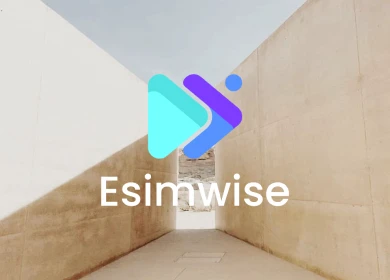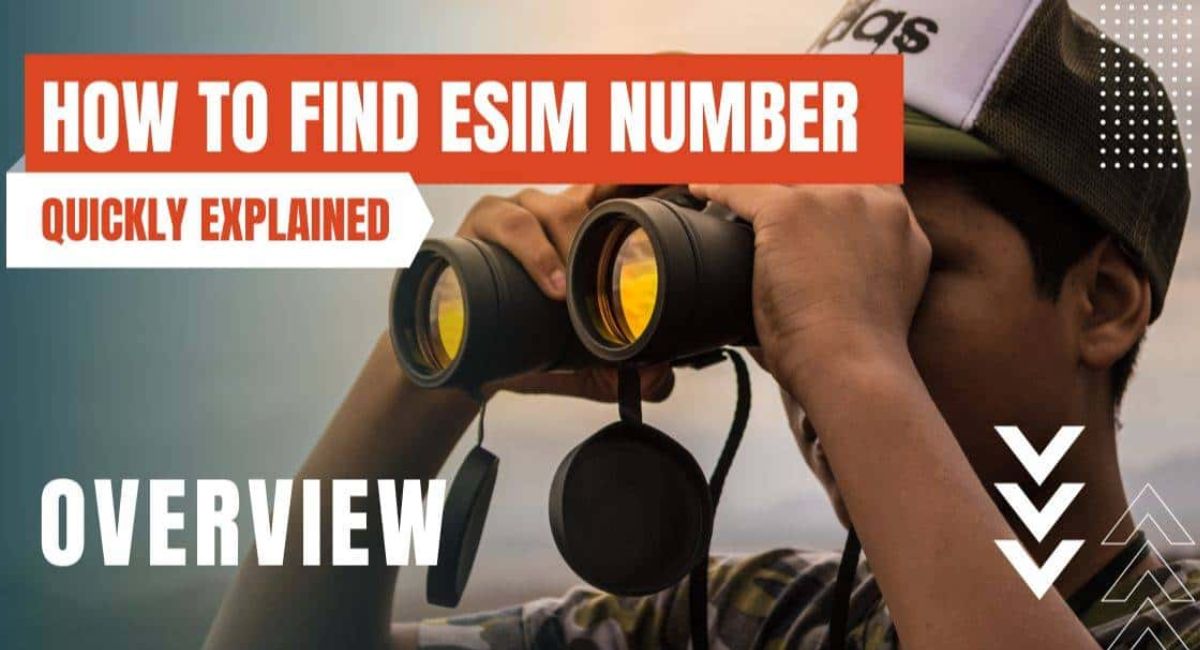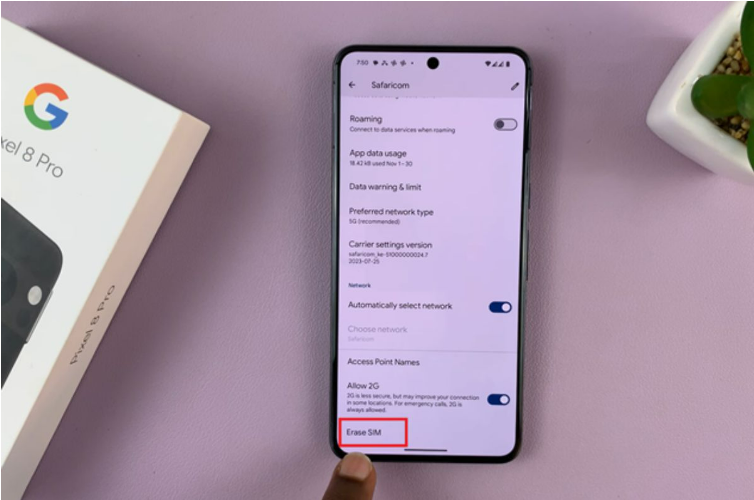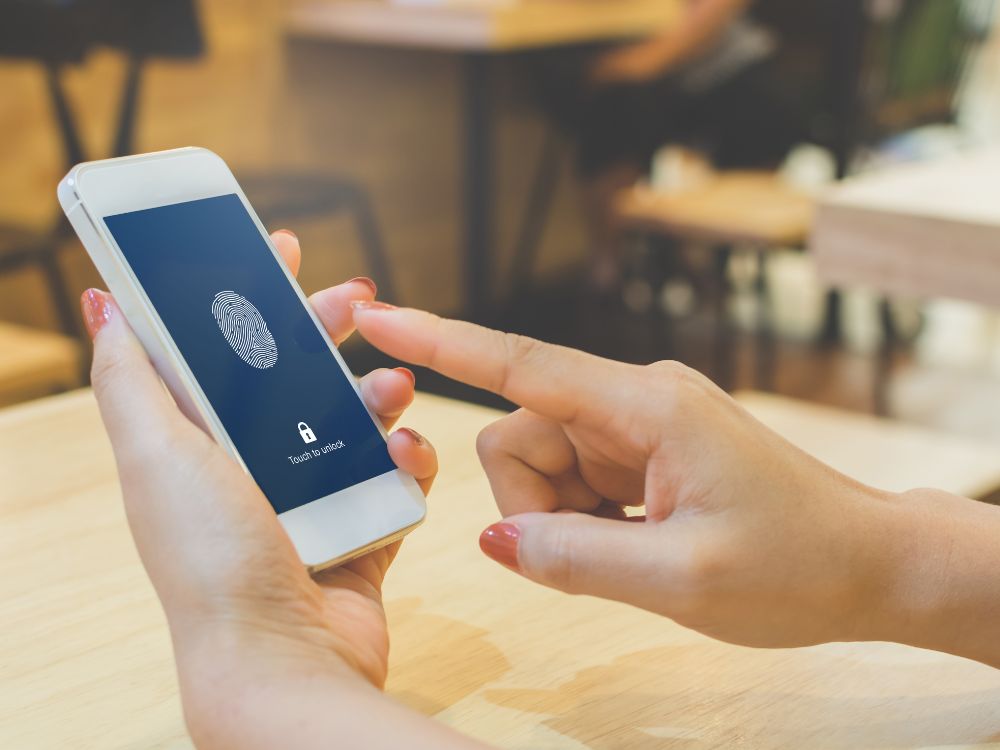Getting ready for an upcoming trip? Stay connected easily with the wonders of eSIM technology! In this guide, we’ll navigate the simple steps on how to use eSIM when traveling. Say goodbye to the hassle of physical SIM cards. Join us as we explore the convenient world of eSIMs, ensuring you stay in touch no matter where your adventures take you.
Should travelers use eSIM?
At first glance, eSIM seems like a traveler’s dream, providing seamless connectivity with just a few taps when arriving in a new country. Wondering how to use eSIM when traveling? This technology promises convenience and numerous benefits. Let’s dive into its advantages and explore why it’s worth the hype.
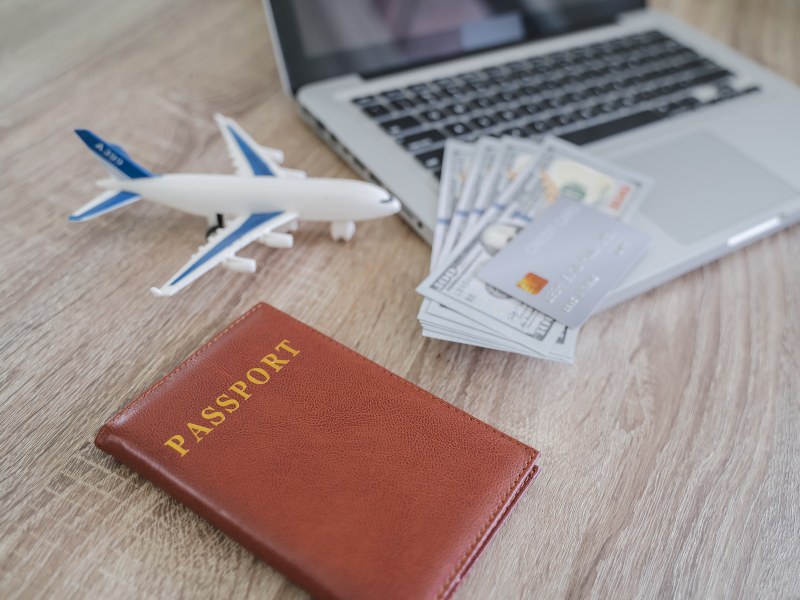
Convenience and ease of use
In terms of convenience, eSIMs excel, simplifying the process of joining the network. Purchasing a plan, following authentication steps, and selecting a payment method can all be done from your device, eliminating the need to visit a physical store. This is a game changer for frequent travelers and homebodies as it streamlines the travel experience.
Versatility for travelers
For constant travelers or individuals who frequently move between countries, eSIM offers the flexibility of maintaining multiple profiles. Business travelers and expats can easily switch between profiles without the risk of losing their physical SIM card.
Space-saving and waterproofing
Beyond convenience, switching from physical SIM to eSIM also brings practical benefits. It frees up space inside the device for additional features, extends battery life, and contributes to a more compact hardware design. Furthermore, the reduced number of slots aids in waterproofing, creating a more durable device.
Considerations for widespread adoption
Despite these advantages, the full potential of eSIMs relies on widespread carrier support, including prepaid options. Currently, their effectiveness depends on geographical location, limiting their global reliability.
Guide to use eSIM when traveling
Using an eSIM for vacation data is cost-effective and eliminates roaming fees. If it’s your first time, the process might seem overwhelming. Here’s a step-by-step guide on how to use eSIM when traveling: purchase a prepaid eSIM, set it up on your phone, and understand the necessary steps upon arriving at your destination to ensure a smooth international data connection.
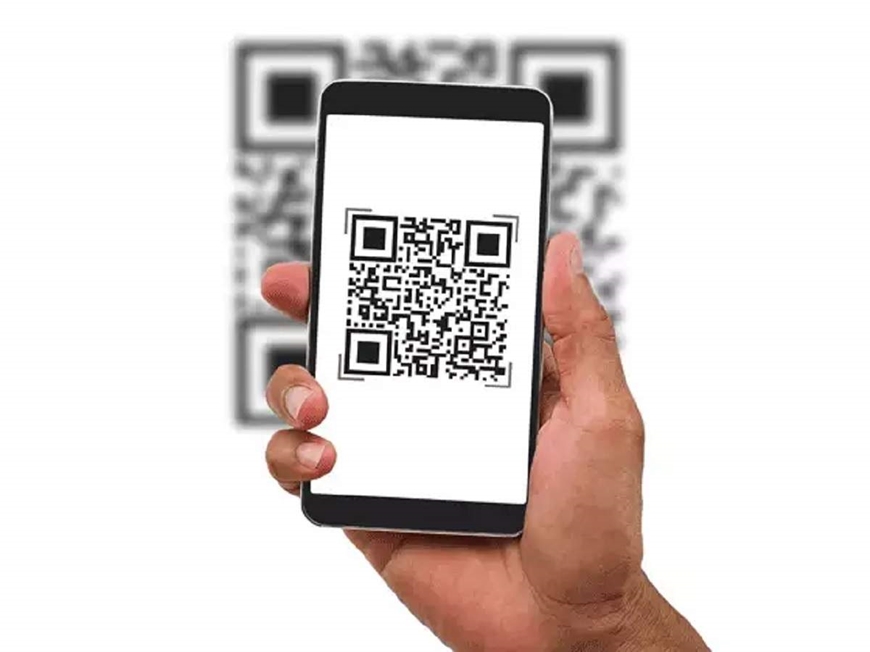
Before you start your vacation
- Confirm eSIM compatibility: Check your phone’s compatibility.
- Select a destination-specific eSIM: Explore our wide range of eSIM cards for over 150 countries on Phonecaswise. Choose the prepaid travel data package that suits your destination.
- Install the eSIM: Despite being a virtual SIM, the process is simple and only takes a few minutes over a stable internet connection.
Now that your eSIM is set up, you can focus on packing for your vacation without worrying about your phone. We’ll catch up with you just before you begin on your journey.
When you’re about to leave the country
Welcome to the beginning of your fantastic vacation! Now that you’ve installed your travel eSIM card, there are just a few more steps to ensure a smooth journey, especially when using eSIM while traveling:
Option 1: Use your phone number while traveling
If you want to use your phone number while traveling with an eSIM for data, a little prep is needed. Your phone should be aware that it’s using an eSIM and not attempting to rely on your home data plan once you cross borders. This is crucial to avoid those pesky roaming fees.
For iPhone or iPad users with eSIM:
- Navigate to Settings > Cellular > Cellular Plans.
- Select your Primary data plan.
- Ensure that “Data Roaming” is turned OFF.
For Google Pixel users with eSIM:
- Head to Settings > Network & Internet > Mobile networks.
- Choose your Primary SIM.
- Toggle “Mobile data” and “Roaming” to OFF.
For Samsung device users with eSIM:
- Go to Settings > Connections > Mobile Networks.
- Turn Data Roaming OFF.
Further reading: How to get an eSIM with a phone number?
Option 2: Don’t want to use your phone number while traveling
If you prefer not to incur charges for calls and texts while traveling internationally, disable your primary SIM card. It prevents all incoming and outgoing calls and texts. This makes sure that you won’t be billed for any communication fees during your vacation until you re-enable it. This is a handy guide on how to use eSIM when traveling.
For iPhone or iPad eSIM users:
- Navigate to Settings > Cellular > Cellular Plans.
- Select your Primary data plan.
- Toggle “Turn On This Line” to OFF.
For Google Pixel eSIM users:
- Go to Settings > Network & Internet> Mobile networks.
- Choose your Primary SIM.
- Set “Use SIM” to OFF.
For Samsung eSIM users:
- Access Settings > Connections > SIM Card manager.
- Toggle your Primary SIM OFF.
If you don’t mind being charged for active calls and texts during your vacation, you can skip this step. Simply be aware that your carrier will add these charges to your next bill. Now, you can switch your phone to Airplane Mode and enjoy a hassle-free trip.
Upon reaching your destination
1. Switch off airplane mode:
If you fly, turn off Airplane Mode to enable the new eSIM for data. You have disabled Data Roaming on your primary SIM to avoid roaming charges.
2. Activate your eSIM data package:
In the correct country/region, activate your purchased eSIM data package by following our guide on how to activate eSIM.
3. Confirm eSIM usage for data:
- On iPhone/iPad: Go to Settings > Cellular > Cellular Data and ensure your eSIM is selected.
- On Google Pixel: Navigate to “Settings” > “Network & Internet” > “Mobile networks.” Turn off Mobile data and Roaming for the Primary SIM, then toggle on your eSIM with Mobile data and Roaming ON.
- On Samsung devices: Go to “Settings” > “Connections” > “SIM Card manager” and select your eSIM as the Preferred SIM.
4. Enjoy your new eSIM data:
While Wi-Fi is an option, your eSIM provides a reliable data connection at your hotel or on the go. Use it wherever needed, check your remaining data balance, and top up your eSIM if necessary.
Advice for using eSIM when traveling
For digital nomads and avid travelers, knowing how to use eSIM when traveling is essential, eliminating the hassle of switching physical SIM cards. Here’s how to maximize the benefits of eSIM when traveling:

Device compatibility
Confirm that your device, such as iPhones from XS onward and select Android models, supports eSIM functionality to enable dual SIM capability. This ensures you can seamlessly integrate the eSIM with your device for optimal performance.
Pre-purchase eSIM plan
Streamline your travel experience by researching and purchasing an eSIM plan from a reputable provider that caters to your destination countries. This proactive step not only saves valuable time upon arrival but can also be cost-effective compared to the traditional hassle of obtaining physical SIM cards.
Activate your eSIM as soon as you arrive
Maximize your connectivity by activating the eSIM as soon as you arrive at your destination. This proactive approach mitigates potential issues related to network settings or compatibility, ensuring a smooth transition into your travel experience.
Regional vs. individual country plans
Tailor your eSIM plan selection to your travel itinerary. Opt for a regional plan if your journey spans multiple countries within a specific region, providing convenient coverage across borders. Conversely, individual country plans may offer better rates and coverage for more focused travel itineraries.
Be mindful of data usage
While eSIM offers great flexibility in switching plans, it’s important to exercise caution in data management. Be wary of your data usage and consider adding an additional eSIM to your plan if your travel needs allow.
Prepare for technical difficulties
Realize that, like any technological innovation, eSIM can sometimes encounter challenges. Be proactive by having a contingency plan in place, ready to address potential issues like device recognition issues or cases where the eSIM may not work smoothly in specific countries.
FAQs
1. Should I install eSIM before traveling?
Unlike the traditional approach of purchasing a local SIM at the airport upon arrival, acquiring an eSIM is a different process. It’s advisable to buy your eSIM before departure. Once purchased, you’ll need to install and activate it on your phone before it becomes operational. This proactive approach ensures a smoother transition and connectivity when you reach your destination.
2. Do you need data roaming for eSIM?
eSIM is designed specifically for travel, providing data access without the expensive roaming fees of local SIM cards. Unlike traditional SIMs, data roaming must be enabled for these cards to operate seamlessly, providing a cost-effective solution for staying connected while abroad.
3. When should I buy eSIM for travel?
Contrary to buying a local SIM upon arrival at the airport, it’s advisable to purchase an eSIM before your departure. This proactive step ensures a smoother process and connectivity when you reach your destination.
One convenient option for acquiring an eSIM is through the Phonecaswise shop. By purchasing an eSIM in advance from Phonecaswise, you can enjoy the convenience of having connectivity immediately upon reaching your destination, without the need to buy a local SIM card upon arrival.
Wrap up
Using eSIM when traveling is a really great solution for travel enthusiasts around the world who value seamless connectivity. By following these simple steps on how to use eSIM when traveling, you can ensure that you stay connected wherever your adventures take you. Enjoy the future of travel and enjoy the freedom of being connected without the hassle of physical SIM cards. Safe trip!




